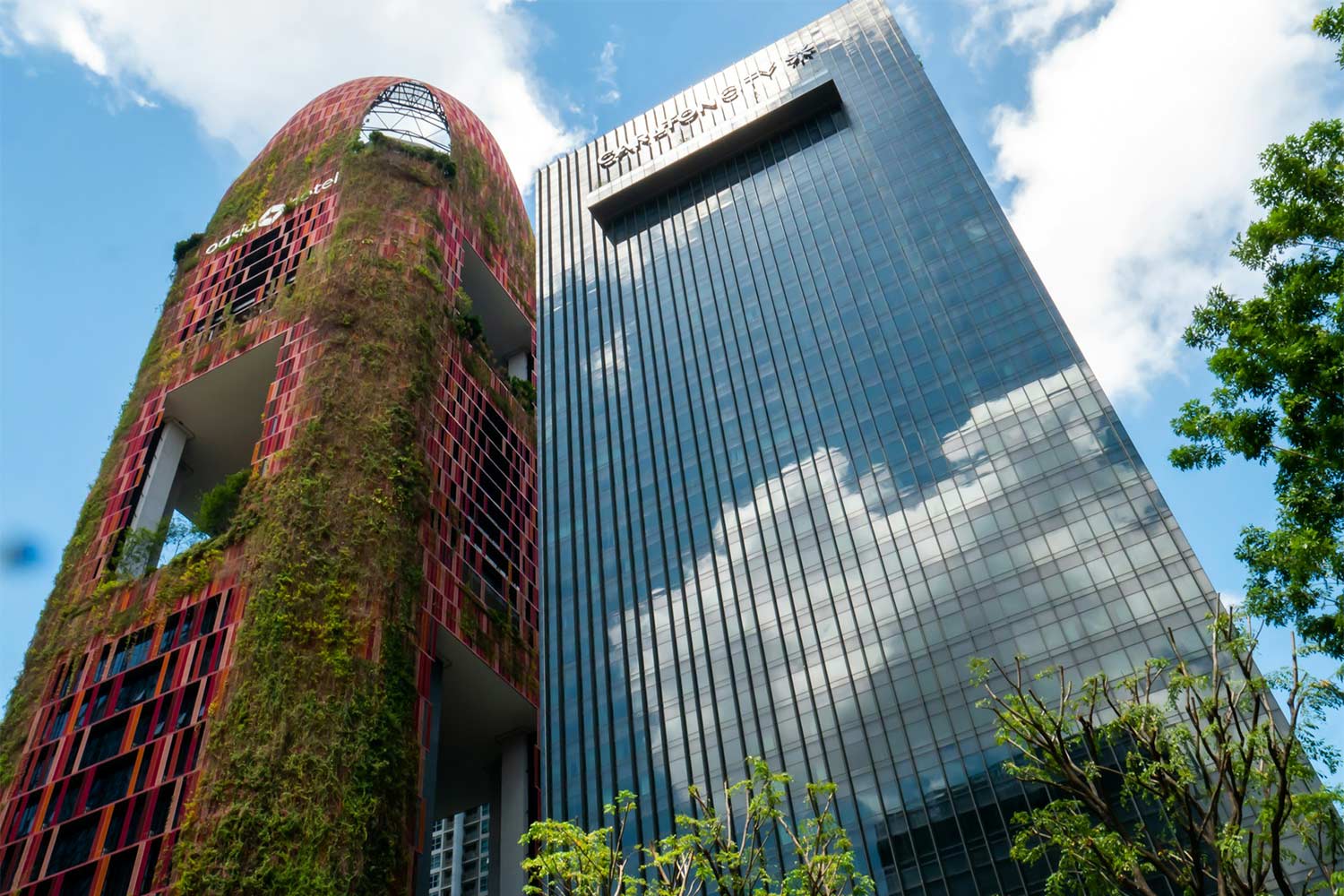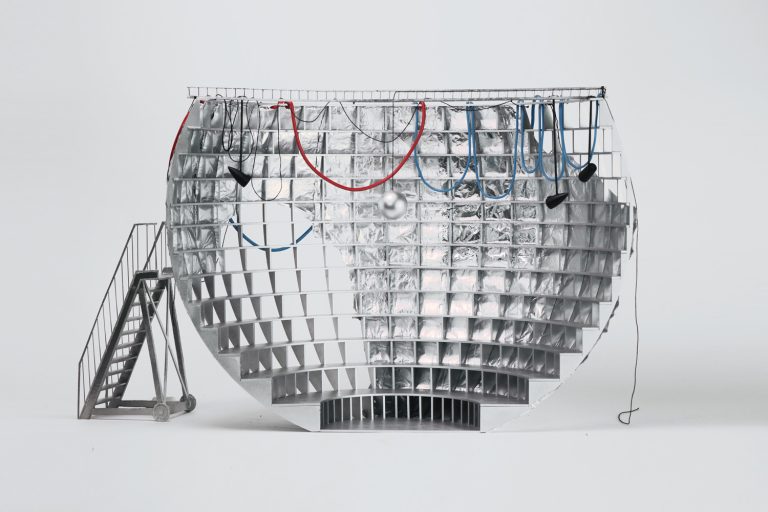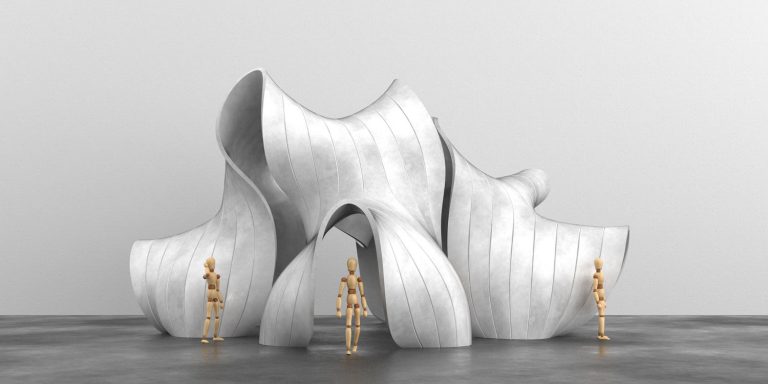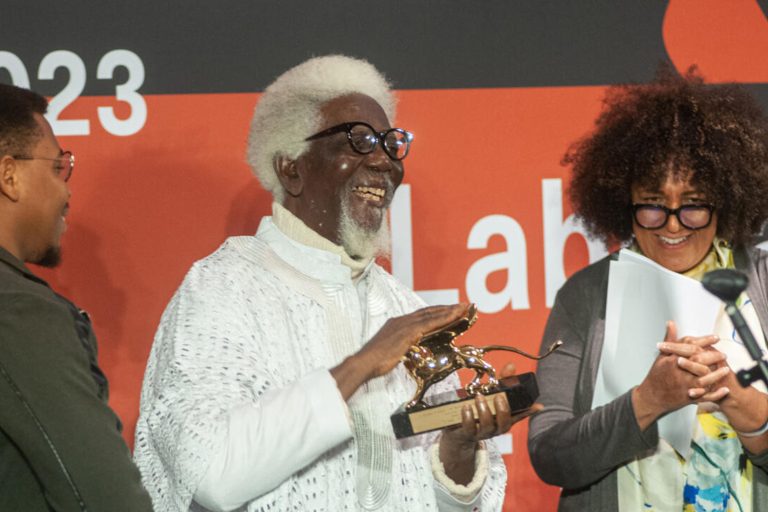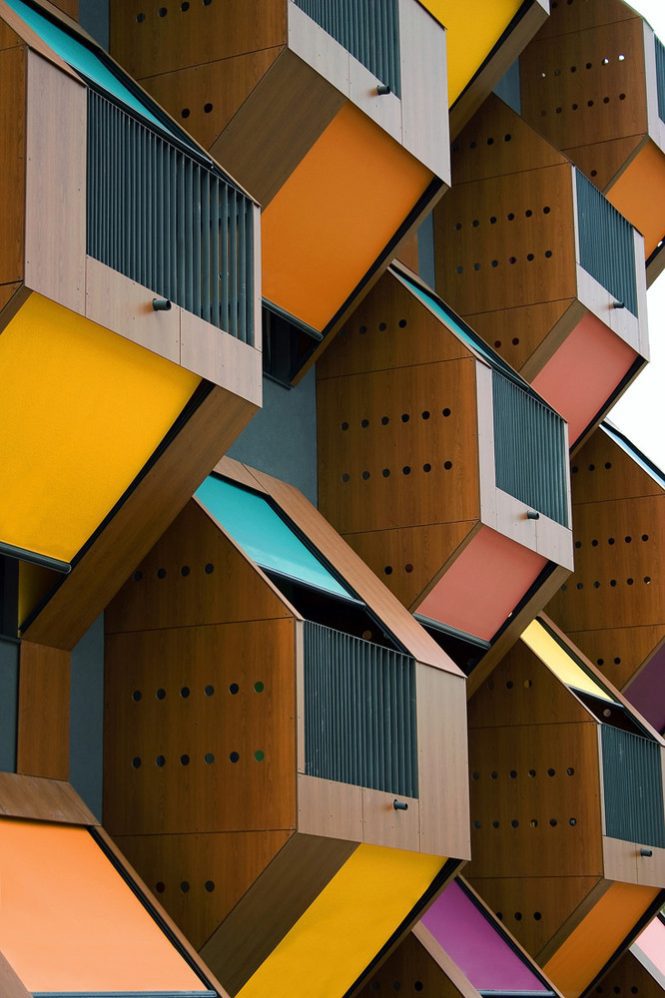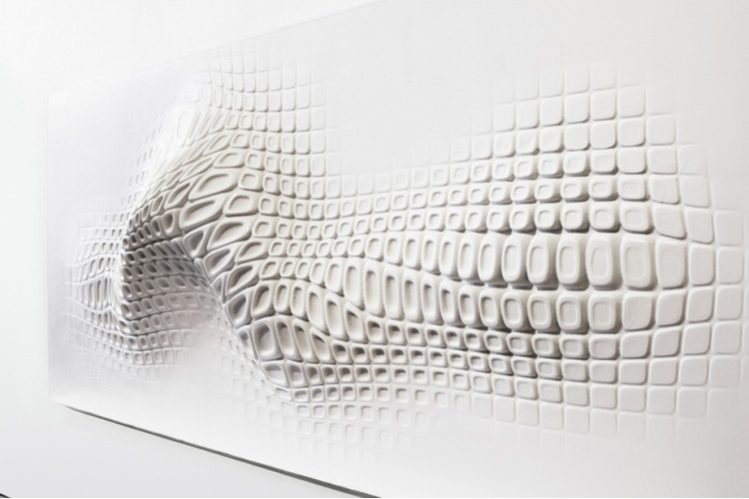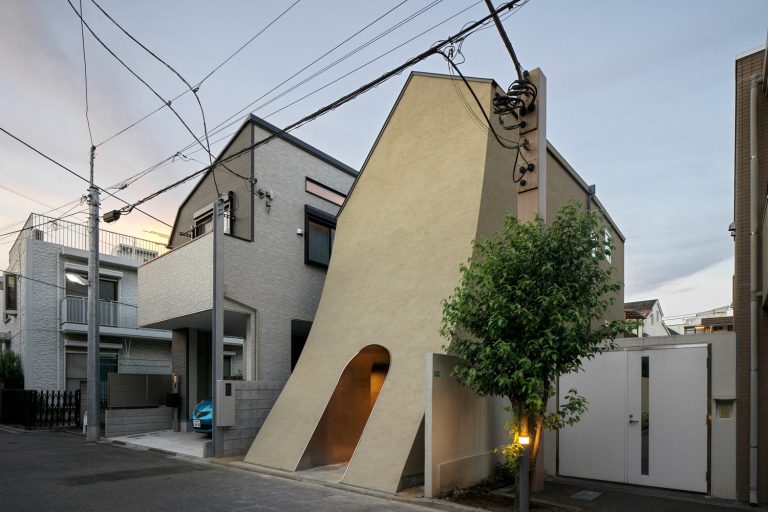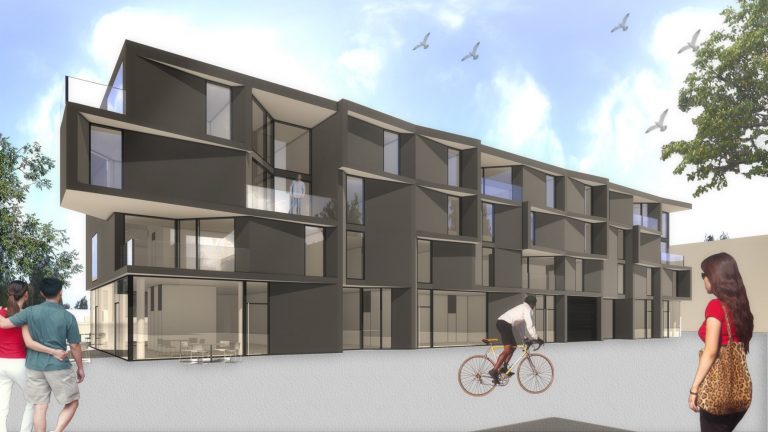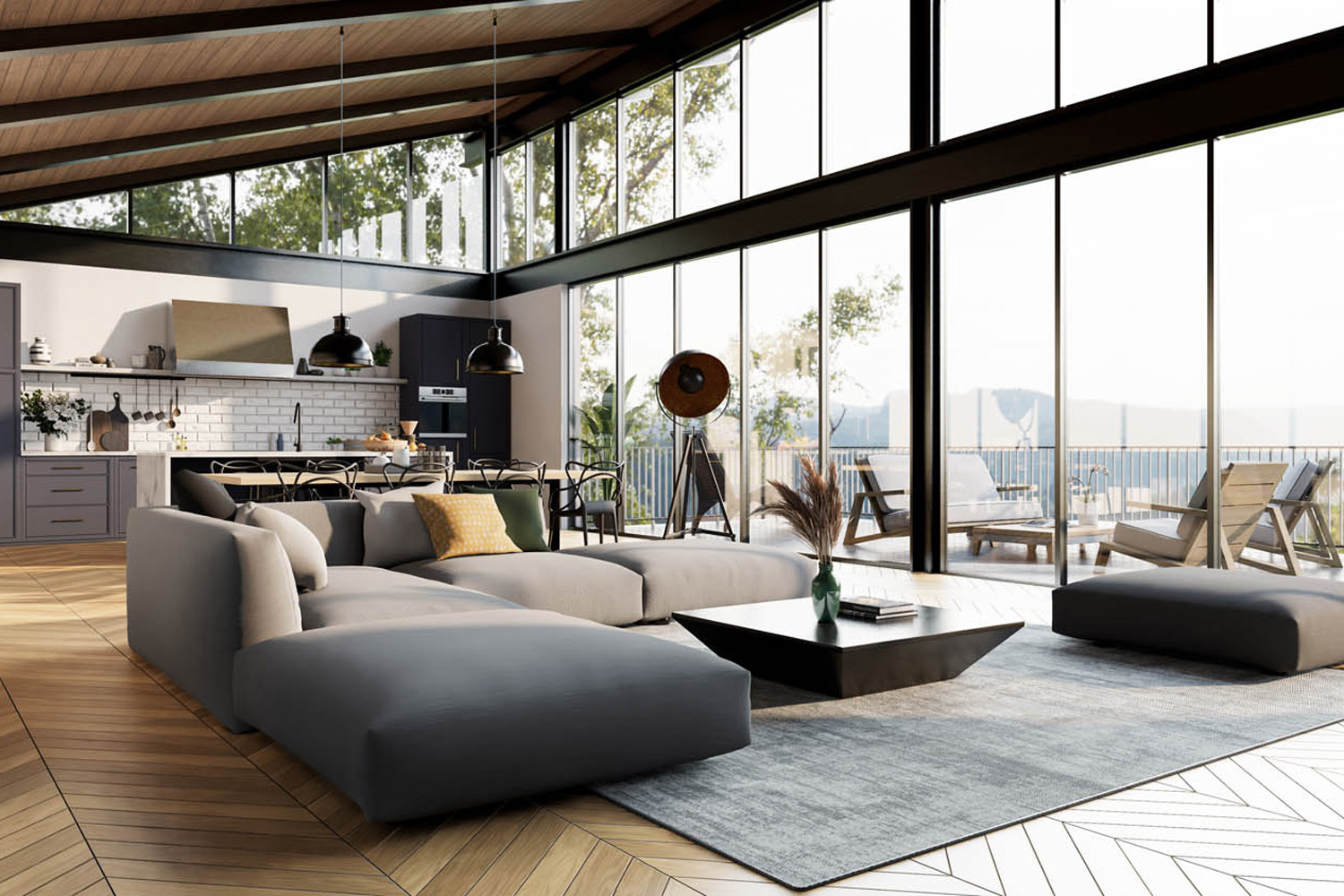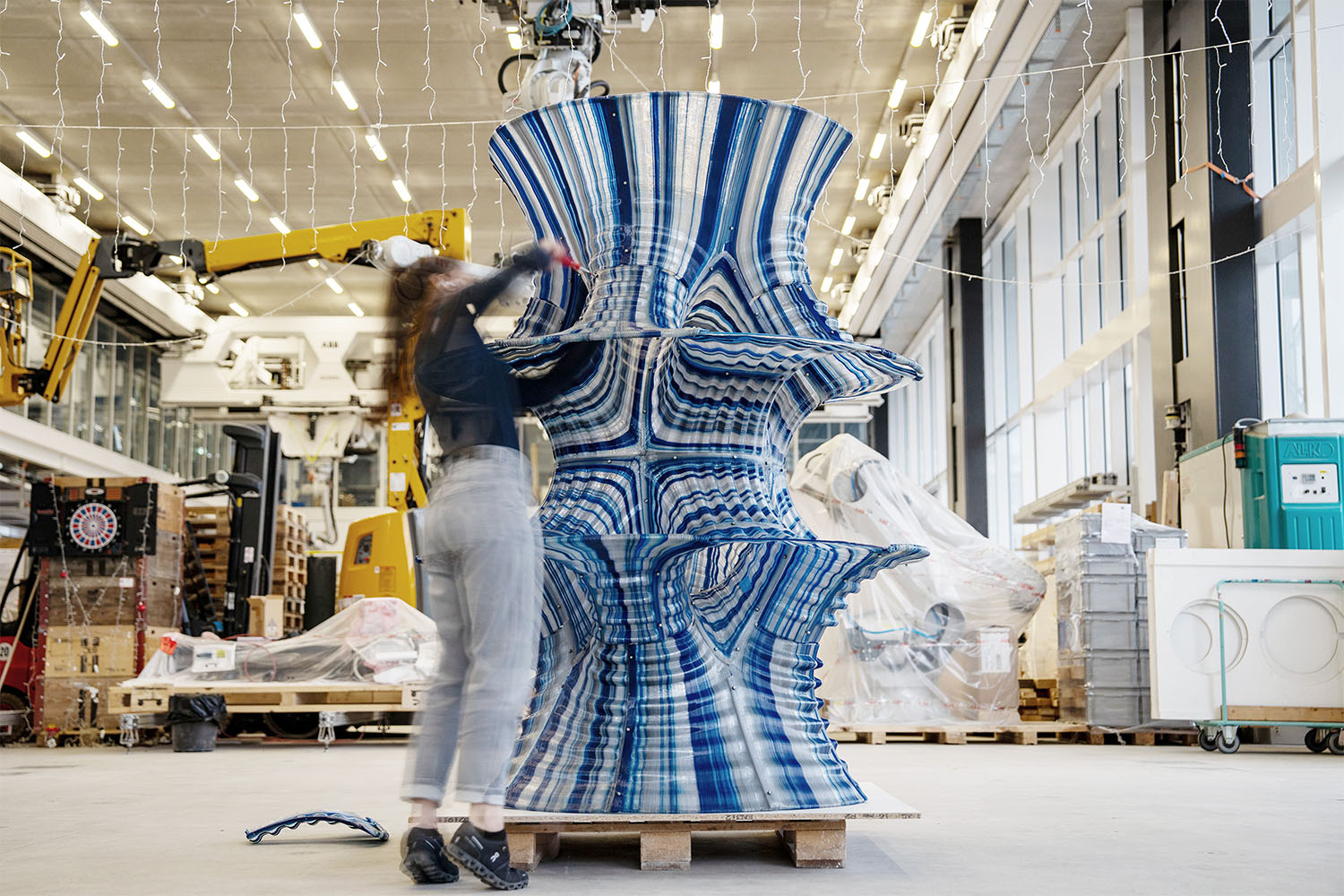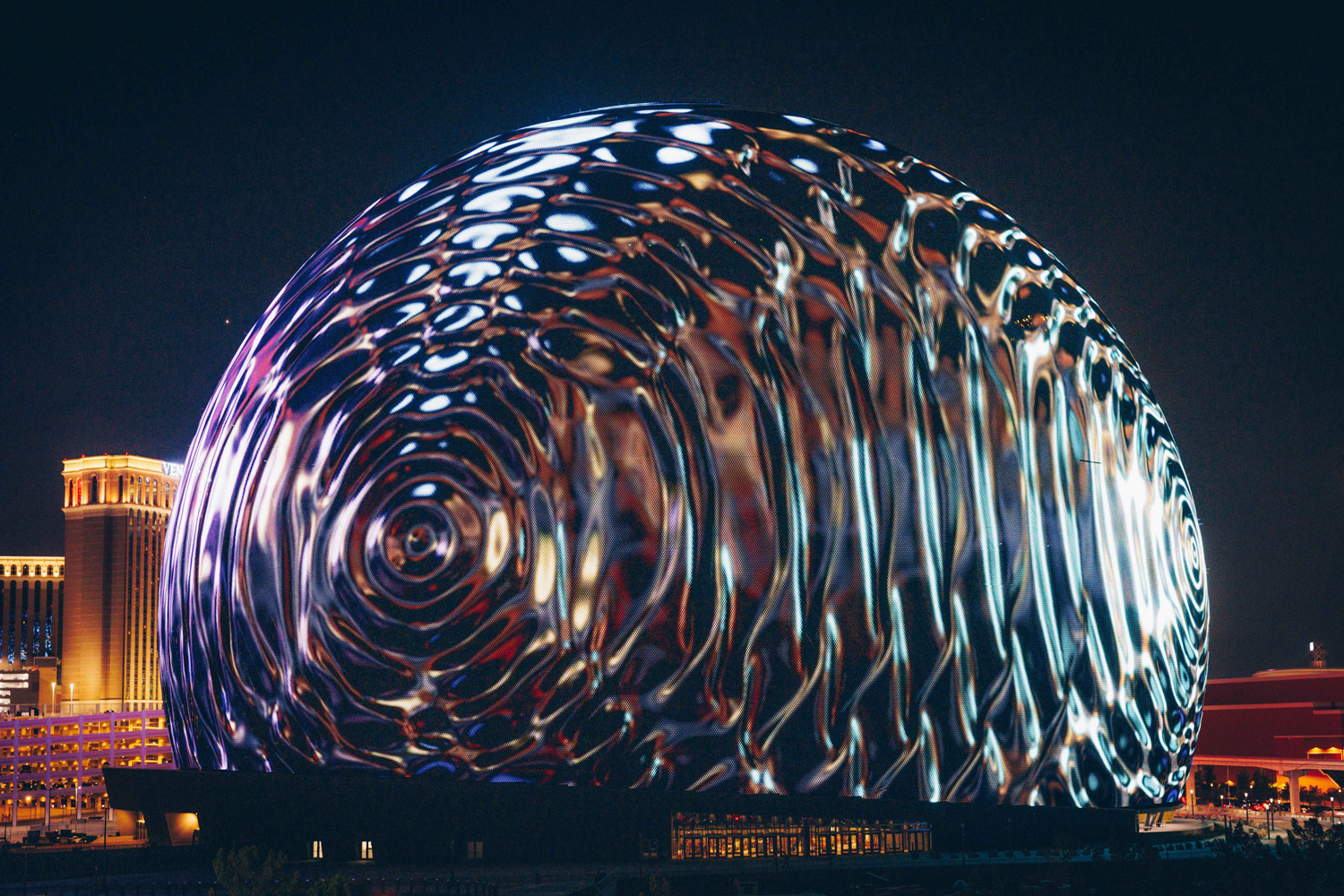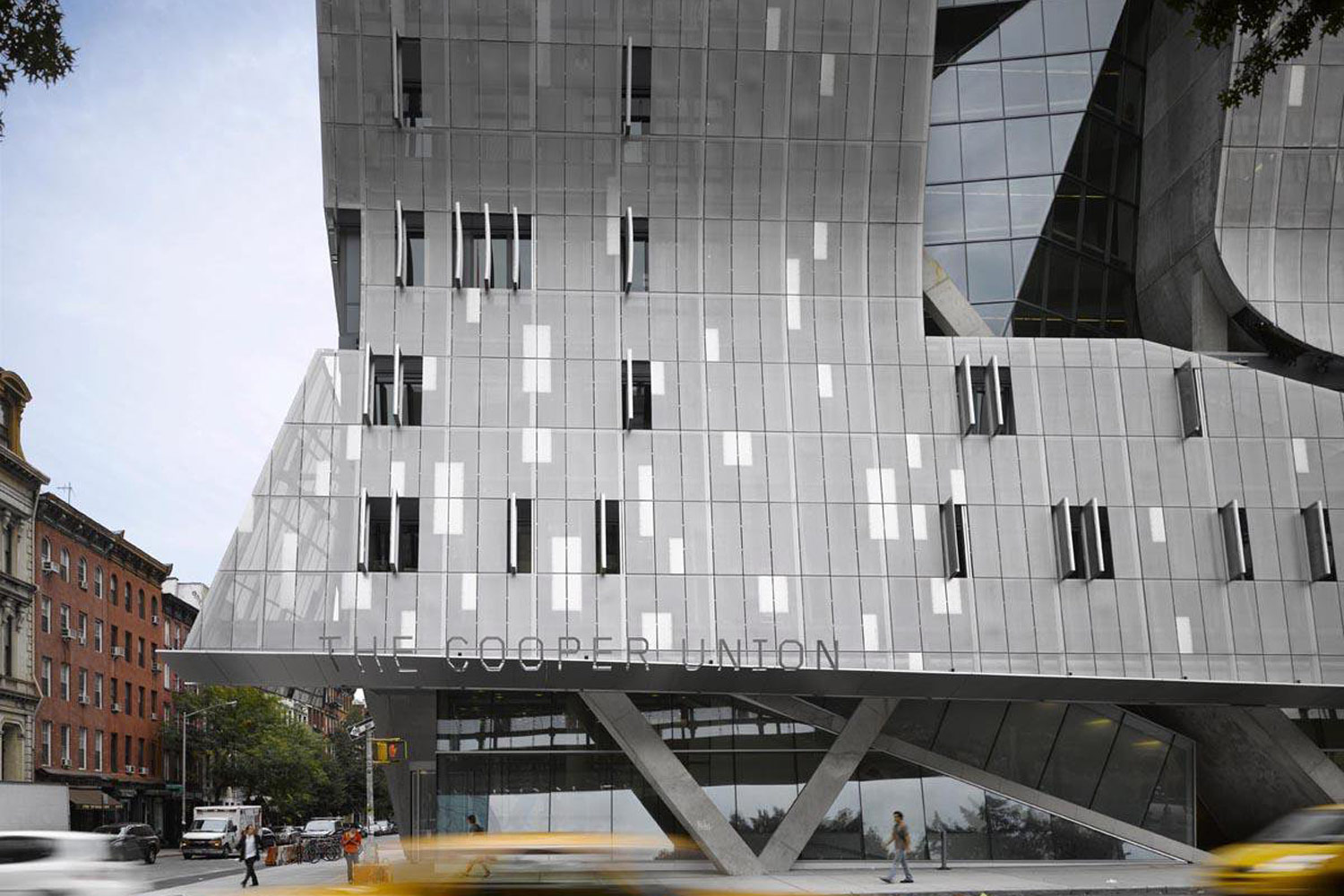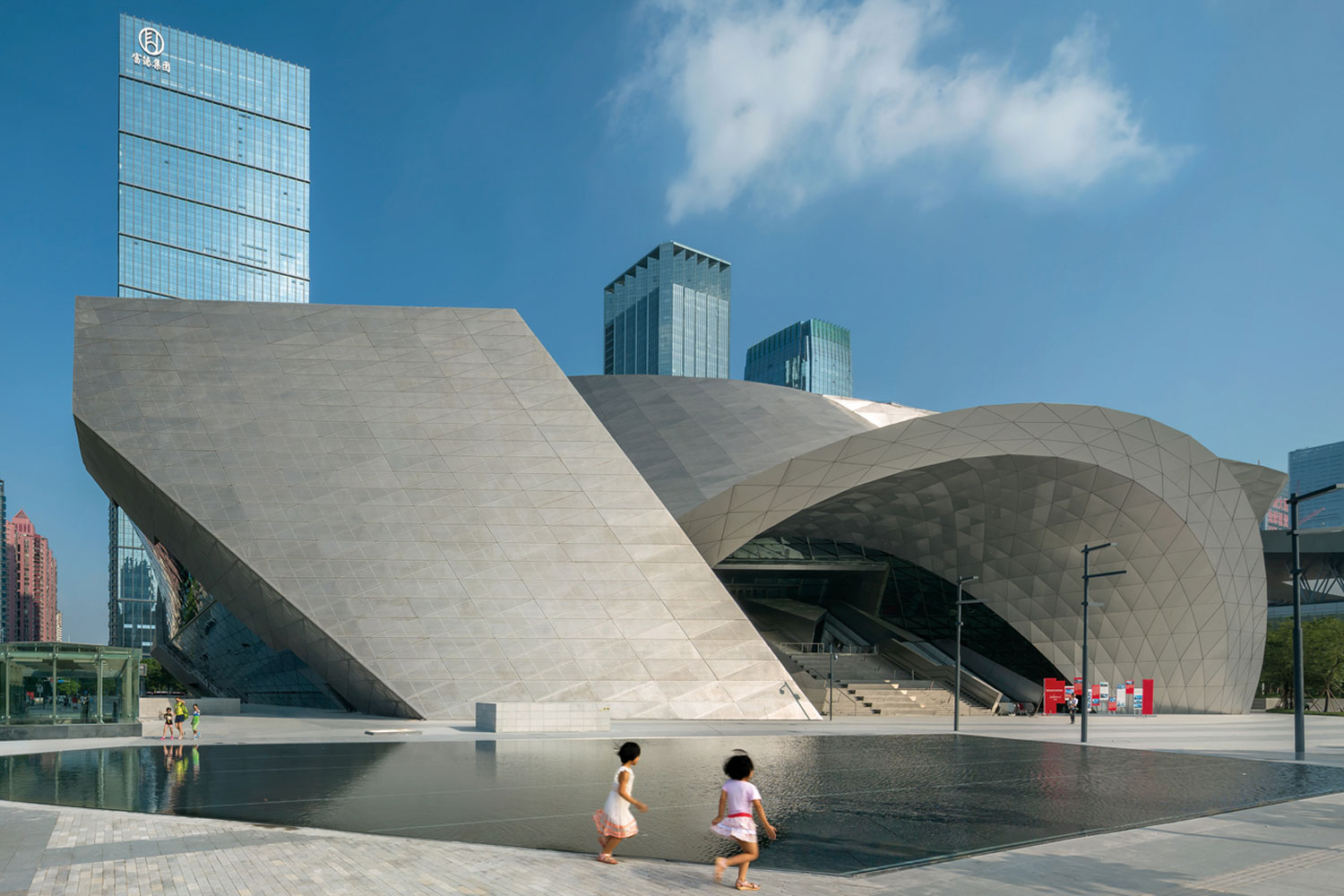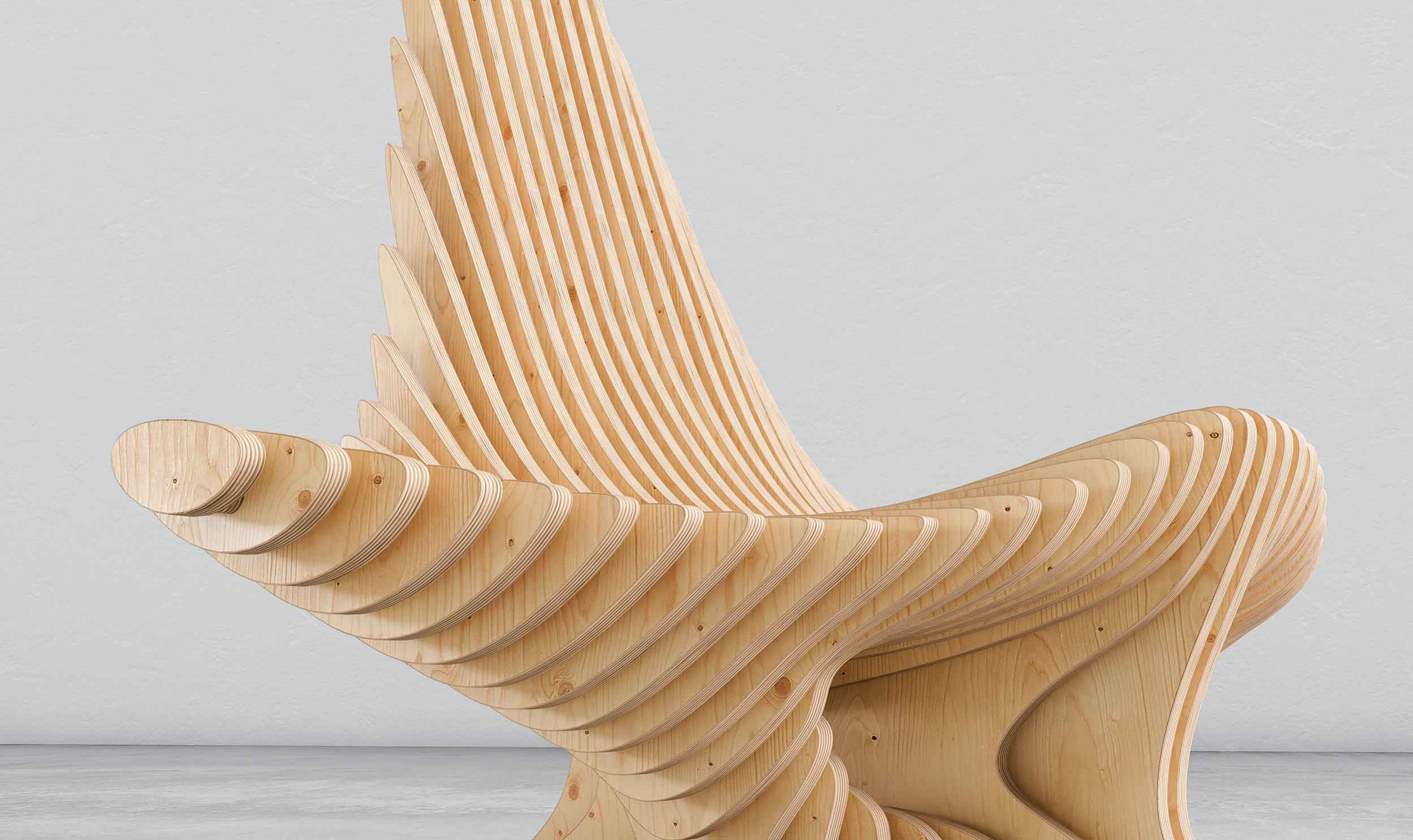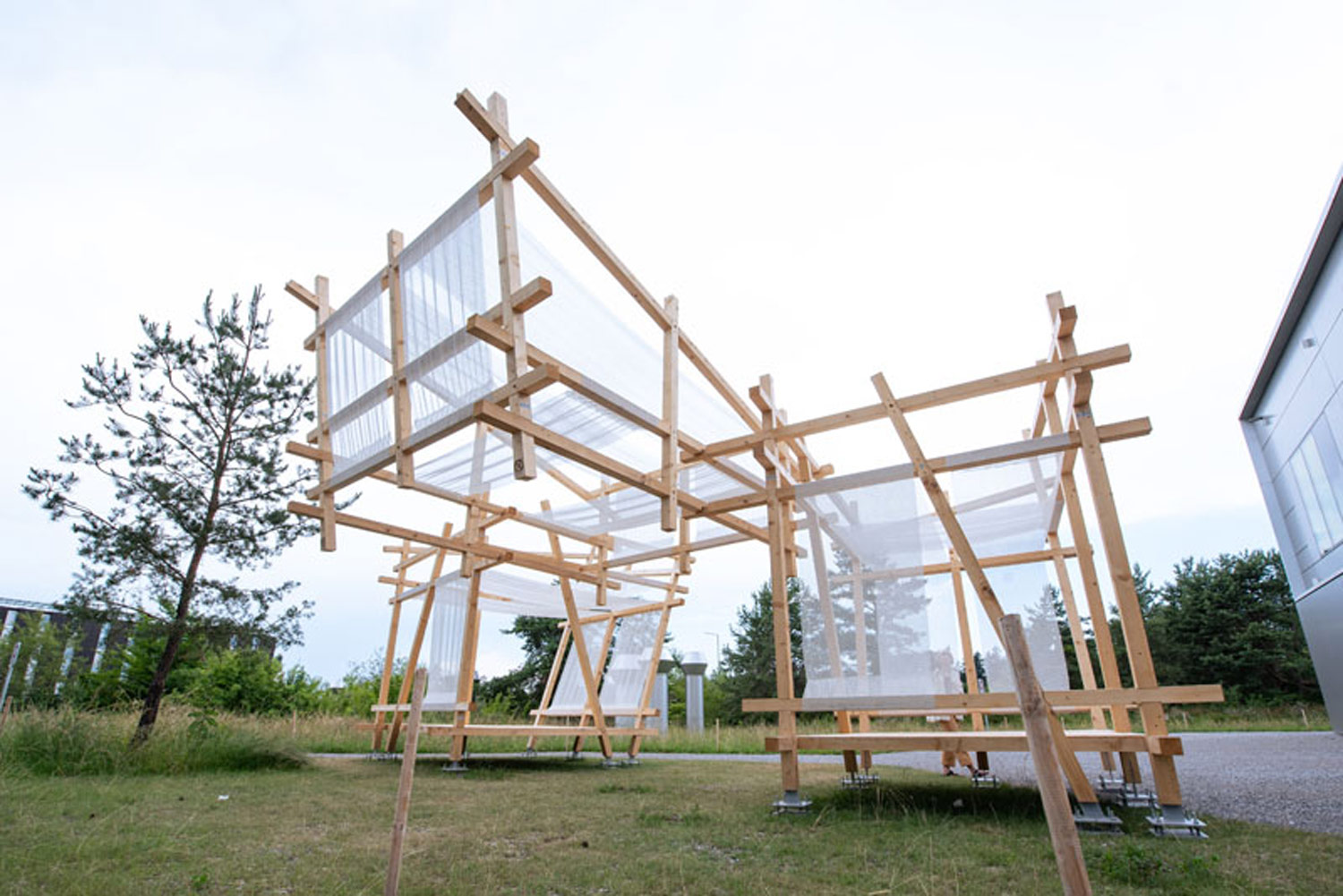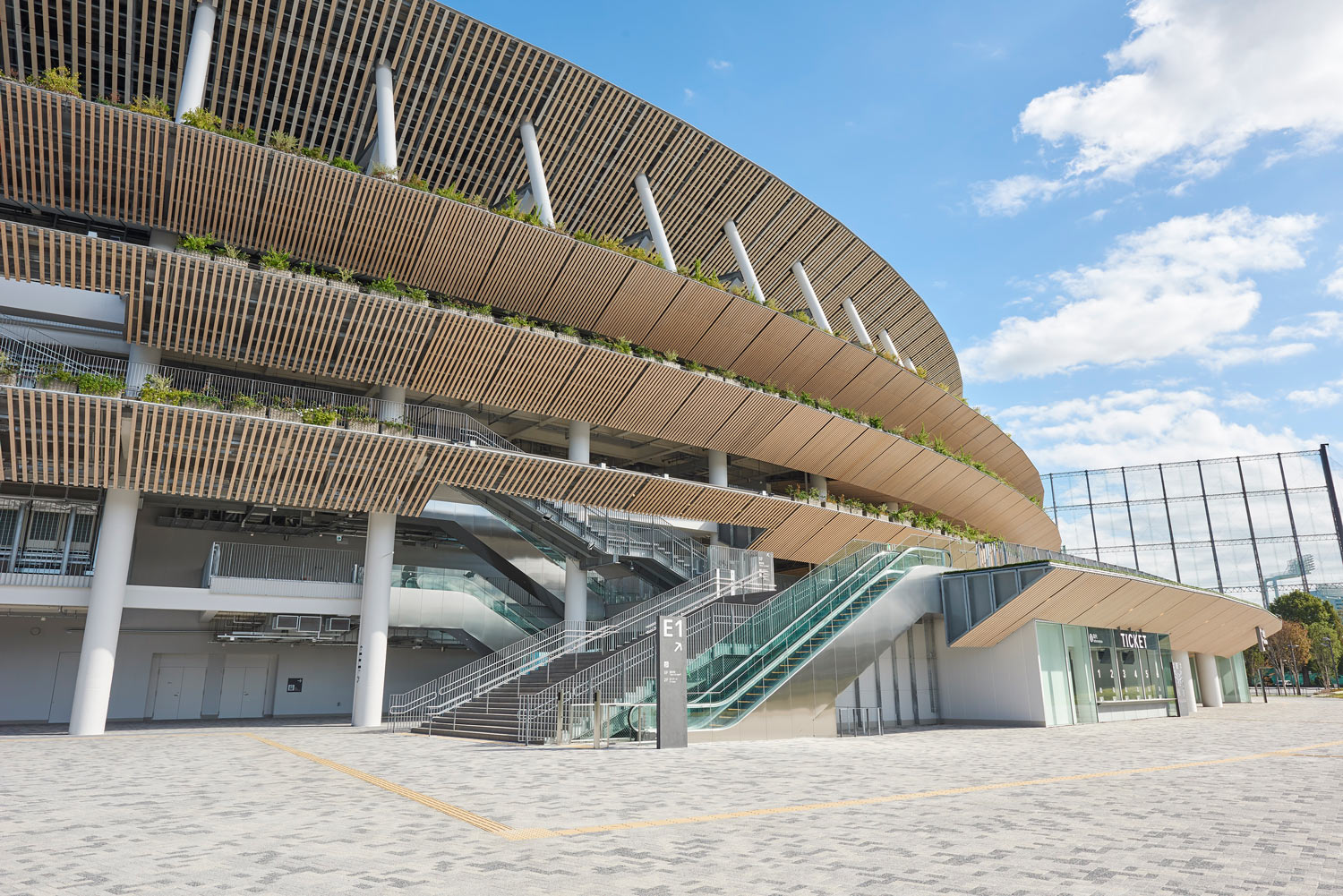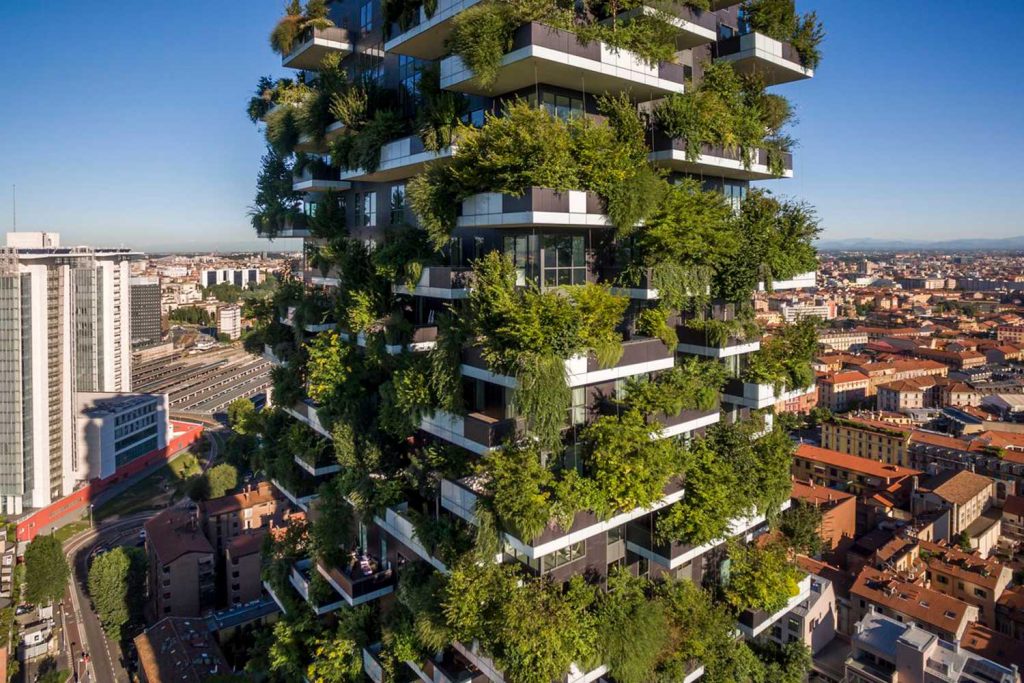
Regenerative design is an approach that focuses on making social, economic, and environmental systems better. The goal of this strategy is to protect ecosystems and communities and make them stronger. Ecosystems’ natural cycles and processes are used as motivation for regenerative design. This lets human-made systems work together with these natural systems.
“So, are we worth sustaining? Life on Earth will continue without us. Yet will it not be a much impoverished place without a species capable of reflecting on the miracle of life’s evolution and able to be awestruck by the beauty of this precious planet? We have to be honest with ourselves. Even in dedicating our lives to the creation of regenerative cultures and a more sustainable future, we are not ‘saving the planet’ or ‘saving life on Earth’. Both will continue long after our species meets its almost inevitable fate of extinction. Nevertheless, we don’t have to actively accelerate our own demise, as we have done with increasing effort since the industrial revolution.” status Daniel Wahl on Designing Regenerative Cultures.
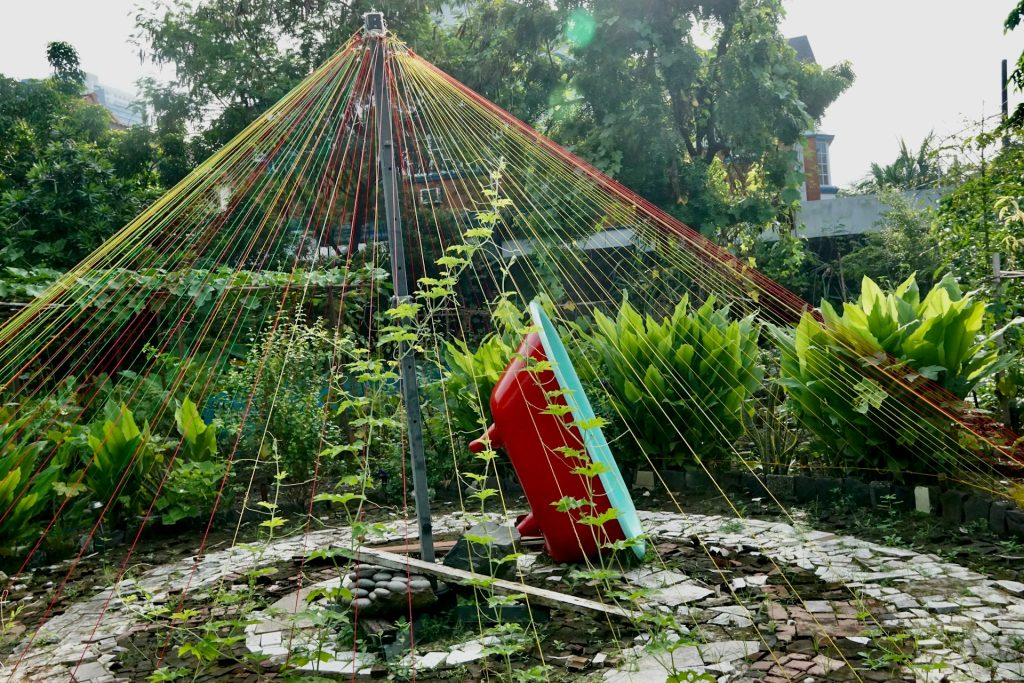
The idea behind sustainable design, which is older than regenerative design, is to protect natural resources and reduce human damage to the world. Both regenerative and sustainable design try to improve things for people and the world. But regenerative design goes one step further than sustainability. Its main goal is to make ecosystems and societies better. As Emmanuel Pratt of the Sweetwater Foundation said, “Every community has seeds of their own regeneration, right there.”
Sustainable design emerged in parallel with the rise of environmental organizations in the 1970s. On the other hand, regenerative design entered the conversation in these fields in the early 1990s. Regenerative design is based on ideas like permaculture and design methods that are based on natural principles. In the 1970s, Bill Mollison and David Holmgren developed permaculture in Australia.
Using methods like regenerative design, biomimicry, and ecomimicry in building and urbanism to create eco-friendly and long-lasting solutions is part of this. Inspiration from nature and copying how ecosystems work are used to build these methods into the design process.
One of the most well-known examples in this field is Bosco Verticale Milan by Stefano Boeri Architetti. Both building towers in the city center have thousands of plants and trees on them. These vertical gardens help clean the air, absorb carbon dioxide, and create a natural environment inside the building for the people who live or work there.
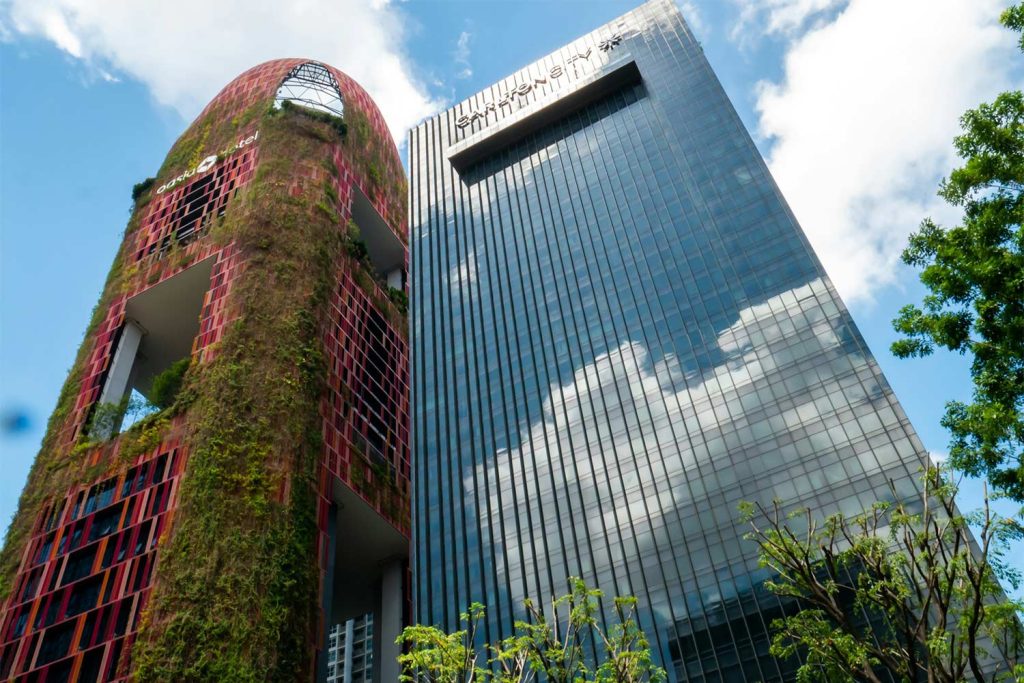
So, regenerative design not only wants the product to become part of the environment, but it also takes into account the needs of everyone and makes sure that people and nature have a fair relationship.
It’s also important that the style can be changed over time. For example, we can use resources and energy sources that don’t run out. When we think about the idea of regeneration, it must be socially, economically, and aesthetically compatible with the surroundings. It should be made to be an asset that is good for the world. Now, we can talk about different types of design, from community design to product design.
“Regenerative design is about asking how we can give new life to what has been depleted and move forward with nature-positive results,” said Sean Quinn, HOK’s director of Regenerative Design.
“Regenerative design forces us to ask different questions,” said JoAnn Garbin, Microsoft’s Director of Innovation. “Instead of asking how we do less bad, we ask how we can do more good. Inefficiency and optimization, we’re often looking toward minimization. With regenerative design, it’s about net positive abundance and maximization.”
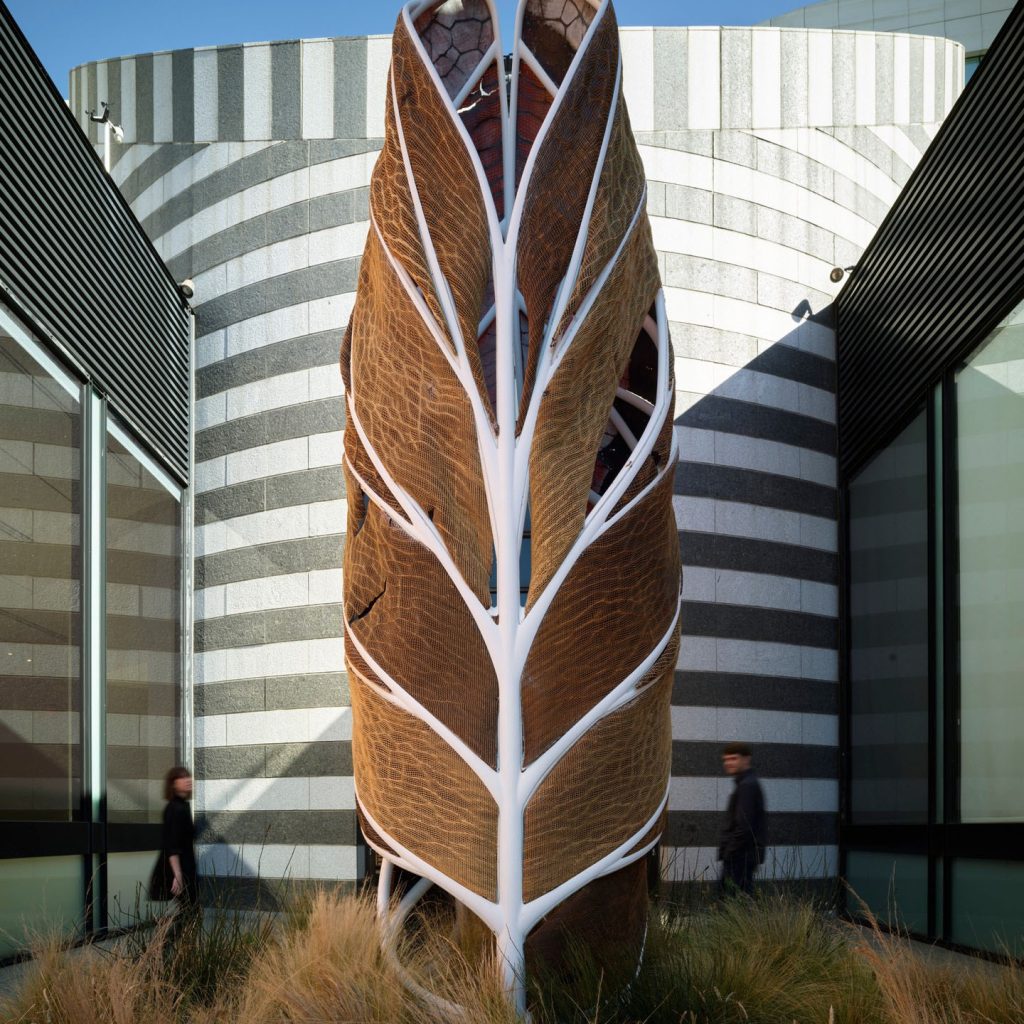
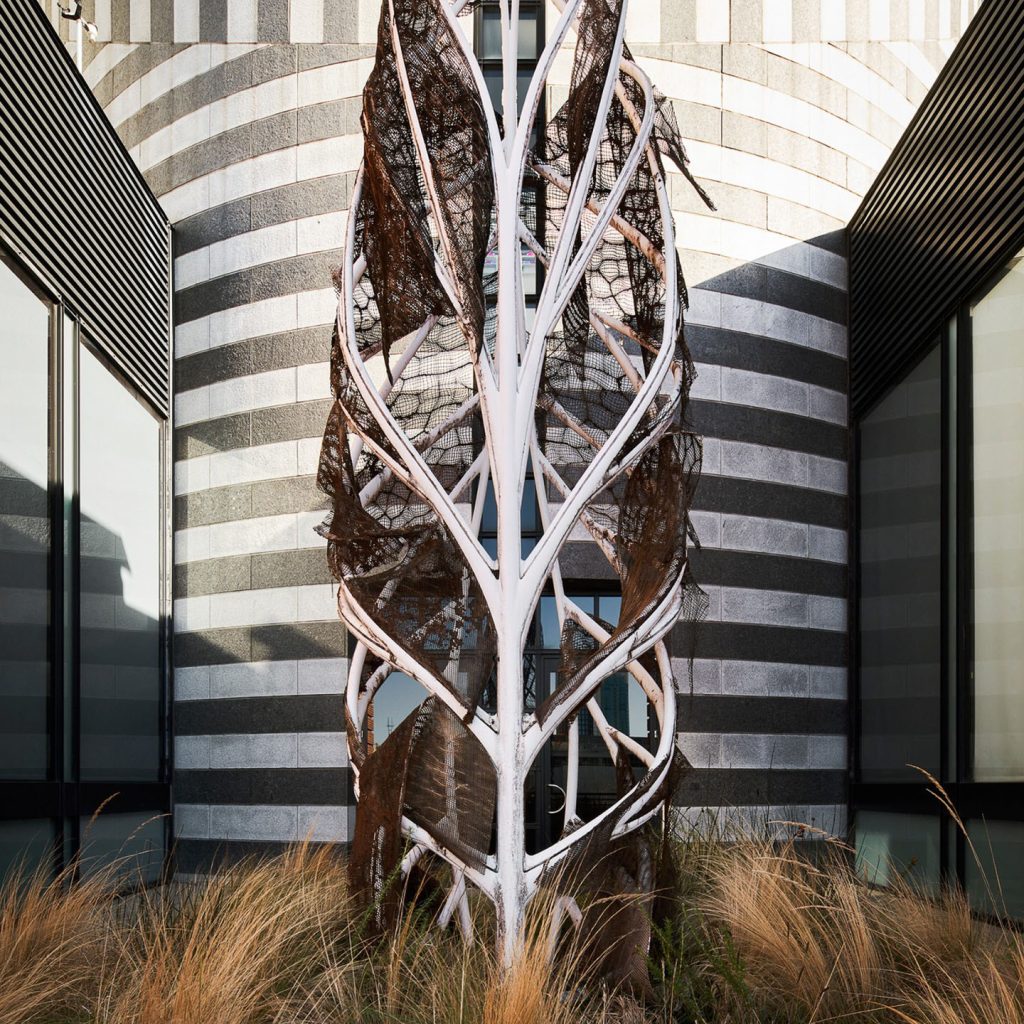
Biomimetic design isn’t the only way to approach the idea. There are other ways as well. For example, autonomous systems created with machine learning and artificial intelligence, which we’ve been hearing a lot about on the internet lately, play a big part in ensuring that the methods created in this process keep working, finding problems, and finding answers to them.
One more important point is that of circular material selection. By keeping materials’ value over their whole lifecycle, this management method aims to reduce waste and use resources best.
To reach the zero-waste goal, for example, these design and building methods try to stop waste from being made and turn trash that is already there into useful resources. Every step of the way, from choosing the materials to the building methods, needs to be carefully planned.
Another example of a creative way to use regenerative design is the Aguahoja by Neri Oxman and the MIT Media Lab. The natural flow of water and material science gave the project ideas for biodegradable and water-produced building materials. Its goal is to make building and design less environmentally harmful by introducing new ways to make materials and deal with more environmentally friendly waste. Also, the designers used 3d printing technologies.
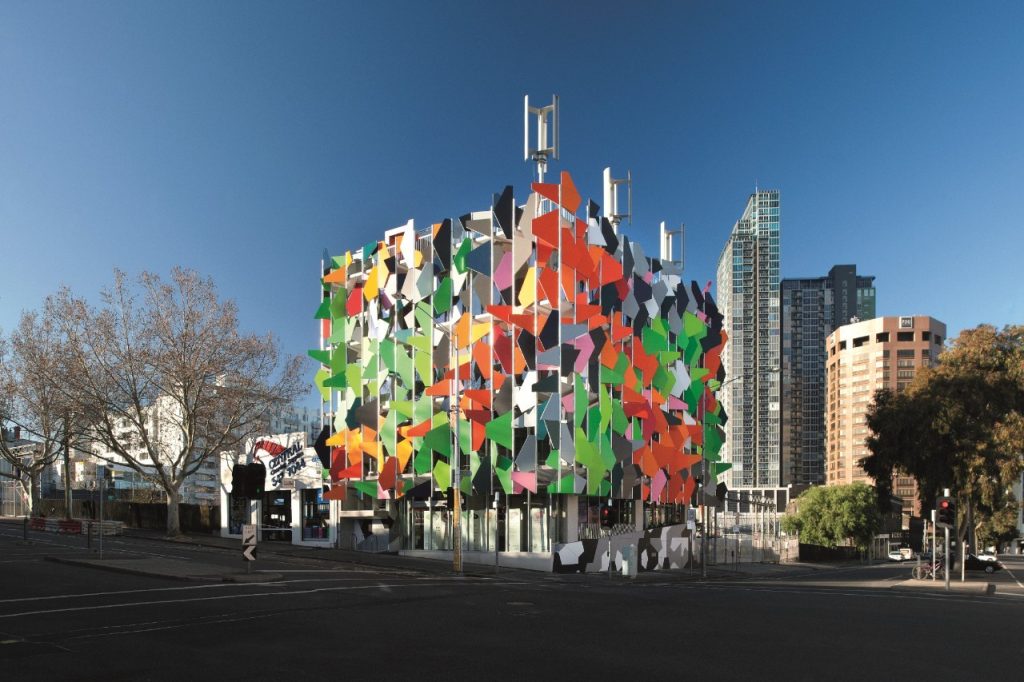
It’s also a great example of another method called “cradle to cradle.”
As a sustainability philosophy, cradle-to-cradle tries to ensure that goods have as little of an effect on the environment as possible from the time they are designed until they are thrown away. It also ensures that materials can be reused, recycled, or broken down naturally after use. One of the main ways that Aguahoja fits with the cradle-to-cradle method is that all of the materials used in the project come from natural sources and break down naturally so they can go back into nature.
Adaptive architecture is another method that aims to make structures and buildings that can change with the times to meet the needs of users, the environment, and new technologies. Flexible planning, modular design, and smart technologies are used in this method to make the building last as long as possible.
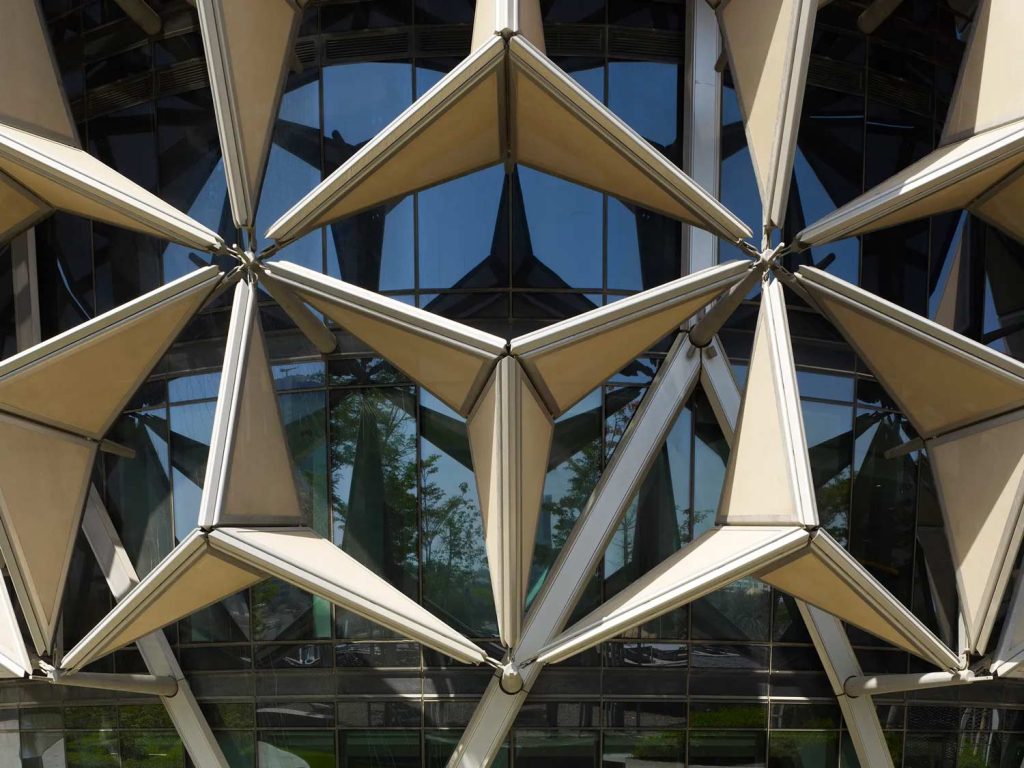
Here are some examples of projects that use both adaptive architecture and renewable design to show how they can be used together.
The Pixel Building is an office building in Melbourne, Australia that produces no carbon dioxide. It is seen as a good example of using regenerative design concepts. It has green roofs, reusable rainwater systems, and built-in photovoltaic panels to help it reach its zero net energy and zero carbon pollution goals.
Al-Bahr Towers is another creative project located in Abu Dhabi that combines adaptive building and sustainable design ideas. These two towers by Aedas have a facade device that can adjust itself. The outside of the building has triangular-shaped panels that can be moved around and opened and closed based on the sunlight.
We can now move on to the next step, which is regenerative urbanism. It can help the environment damaged by rapid urbanization by using renewable energy sources, making more green areas, integrating water management systems, and recycling trash. So, the goal of regenerative urbanism is actually to make cities better places to live and less harmful to the earth.
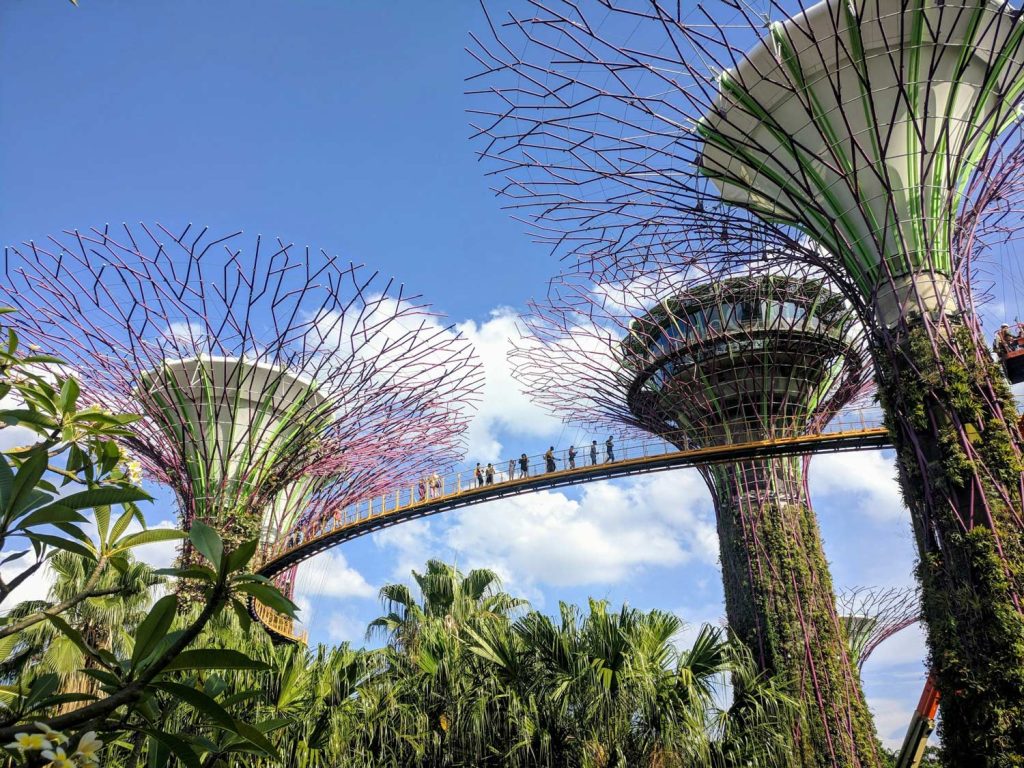
Gardens by the Bay is one of Singapore‘s most famous parks. This park was designed by Grant Associates with engineering support from Atelier One and Atelier Ten. The park’s energy is powered by colossal structures called “supertrees.” These supertrees collect rainwater and recycle it for irrigation purposes. They are the 18 tree-shaped structures that dominate the landscape of the Gardens and range in height from 25 to 50 meters.
“To be young and aware is to know you’re being lied to; to know that a bright green future is possible; to know that we can reimagine the world, rebuild our cities, redesign our lives, retool our factories, distribute innovation and creativity and all live in a world that is not only better than the alternative but much better than the world we have now,” stated Alex Steffen on Copenhagen and the War for the Future.
So, regenerative design can make natural, social, and economic systems more stable and healthy and make the world a better place to live and work for future generations.


